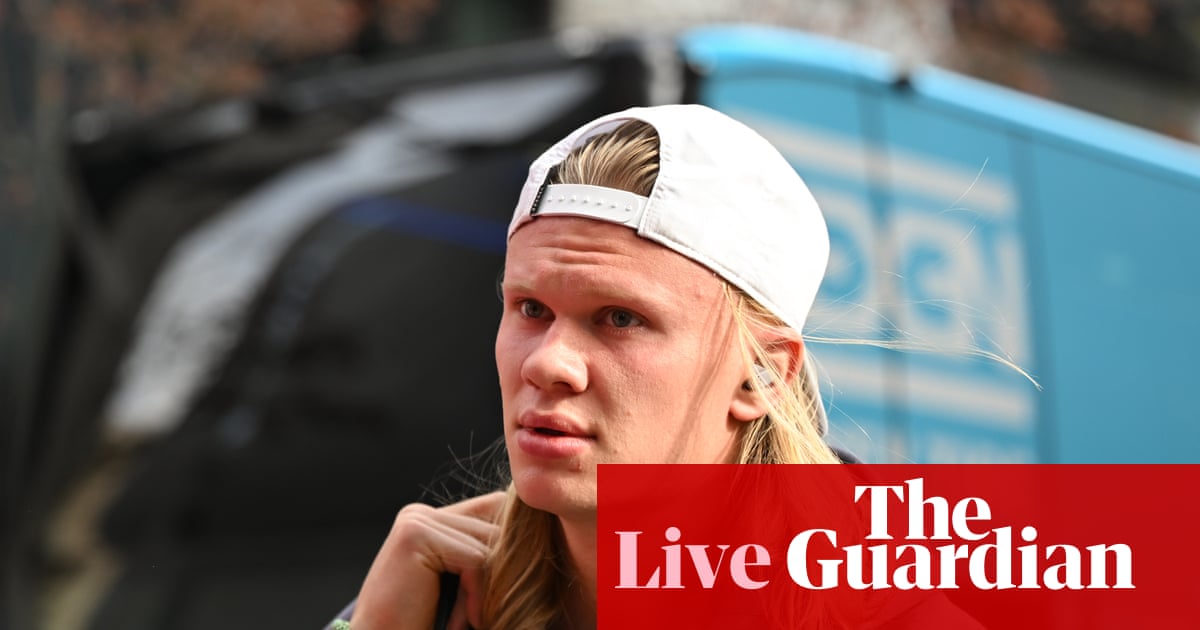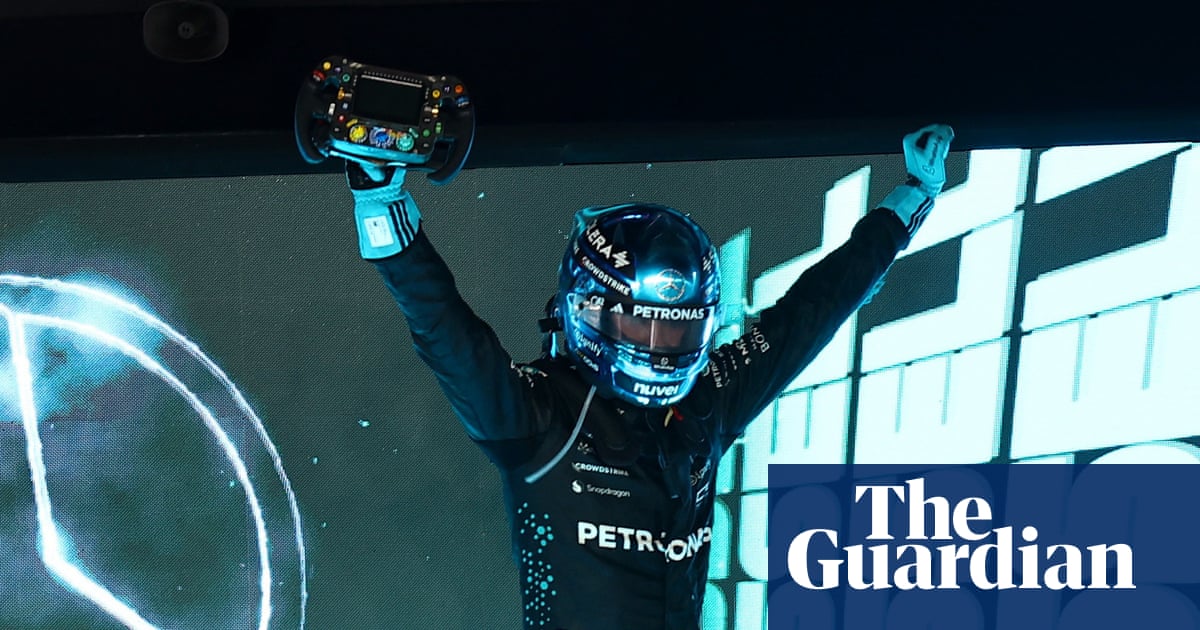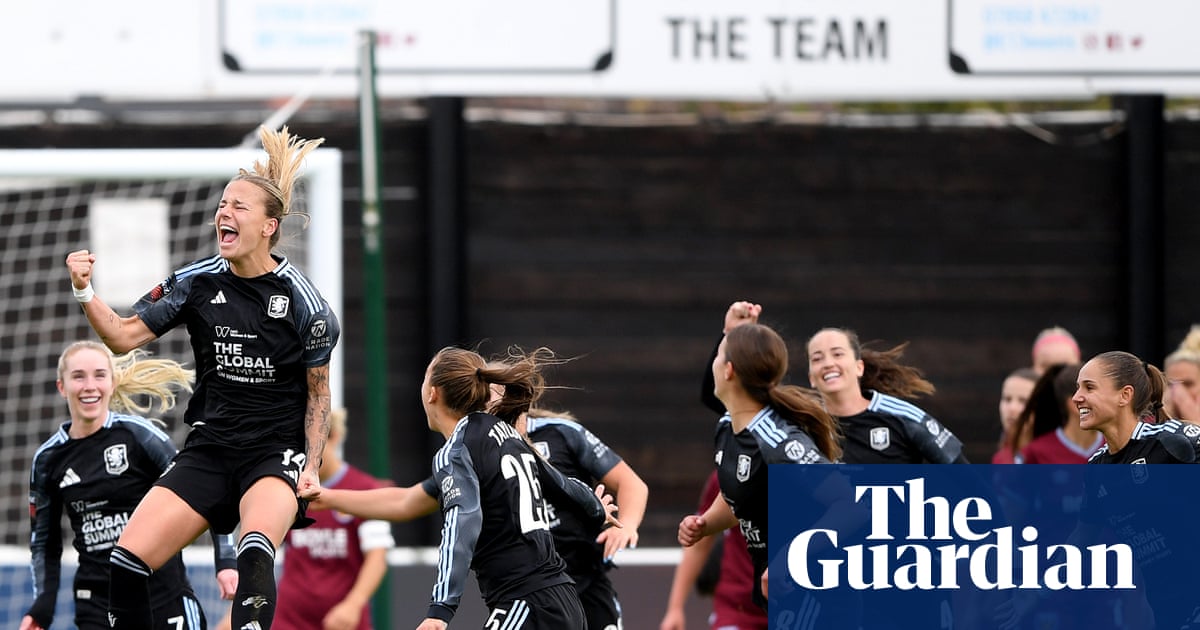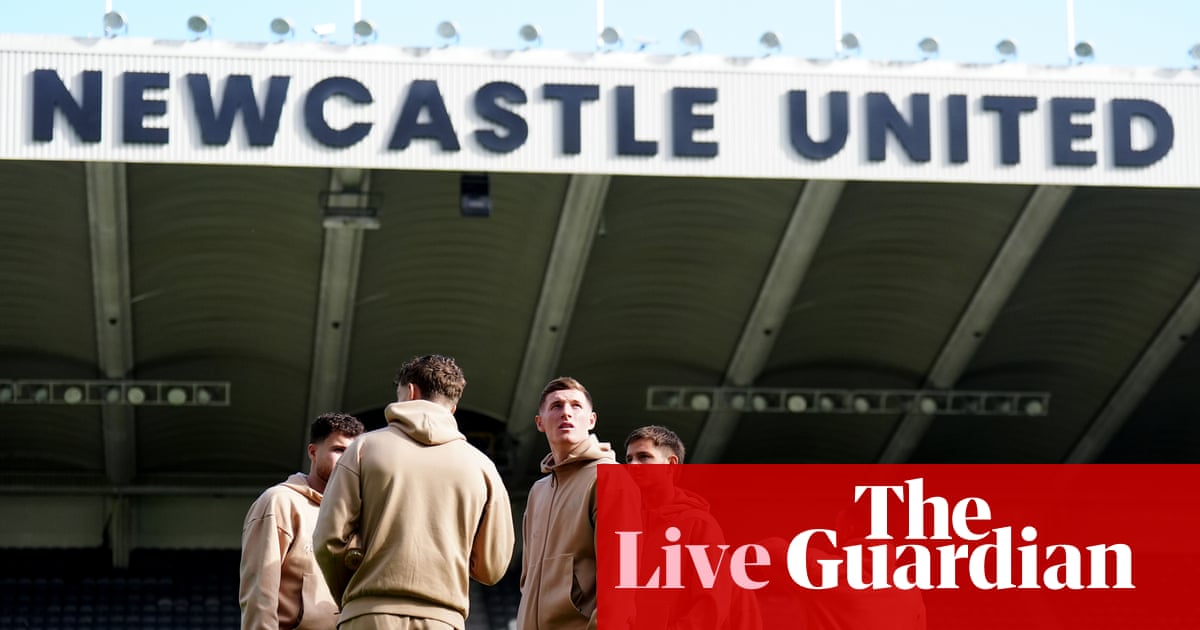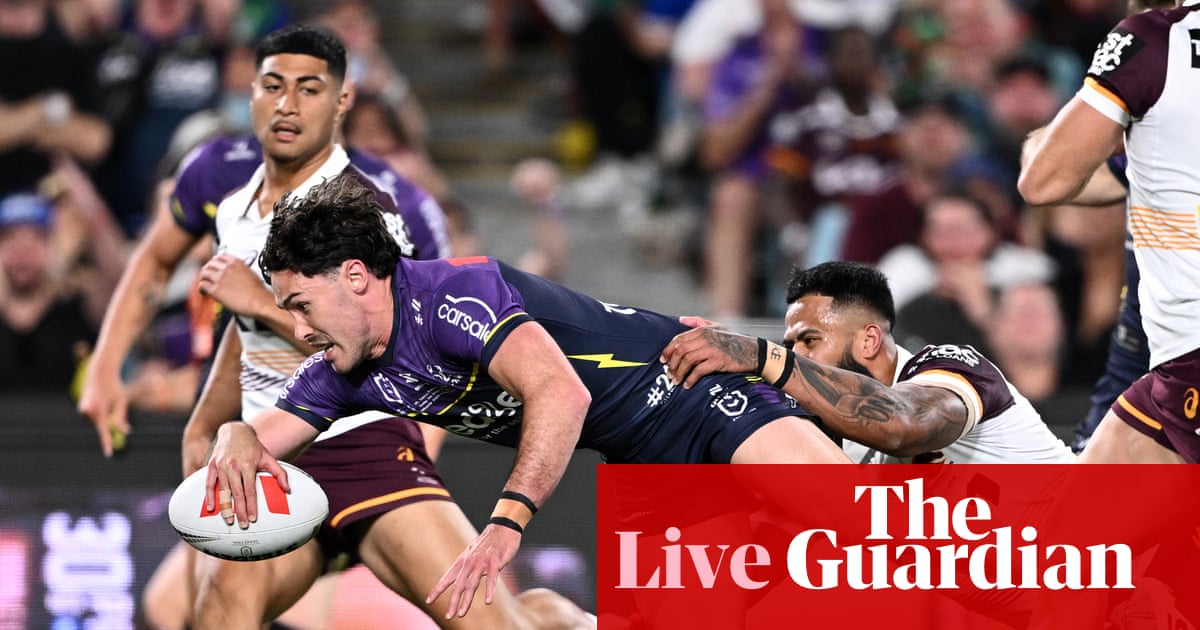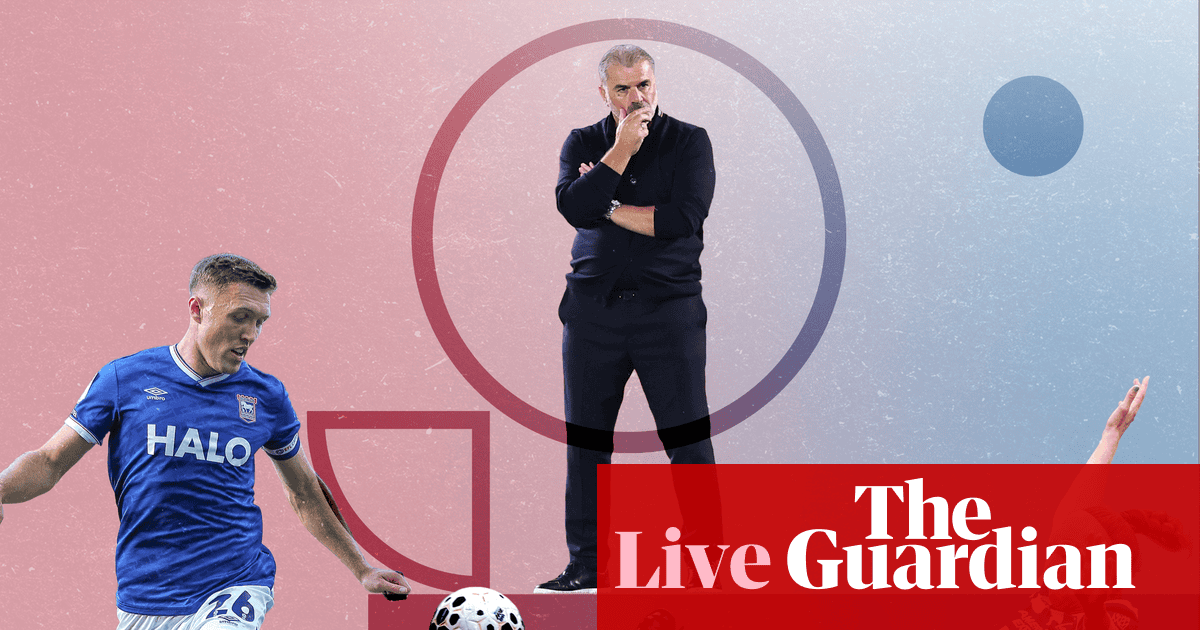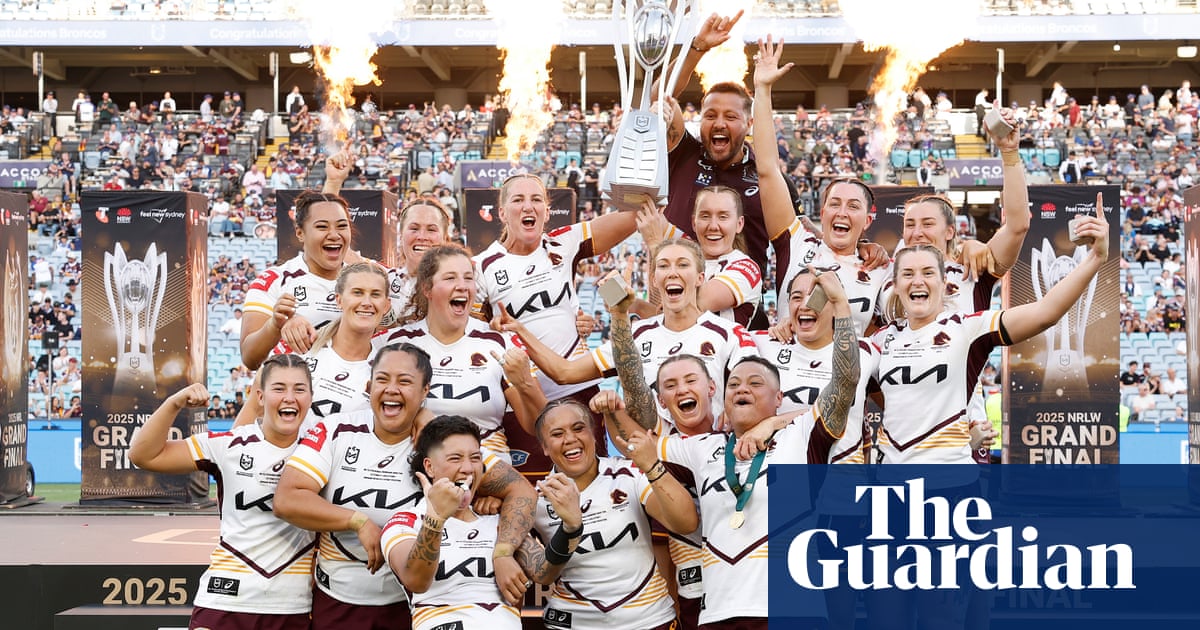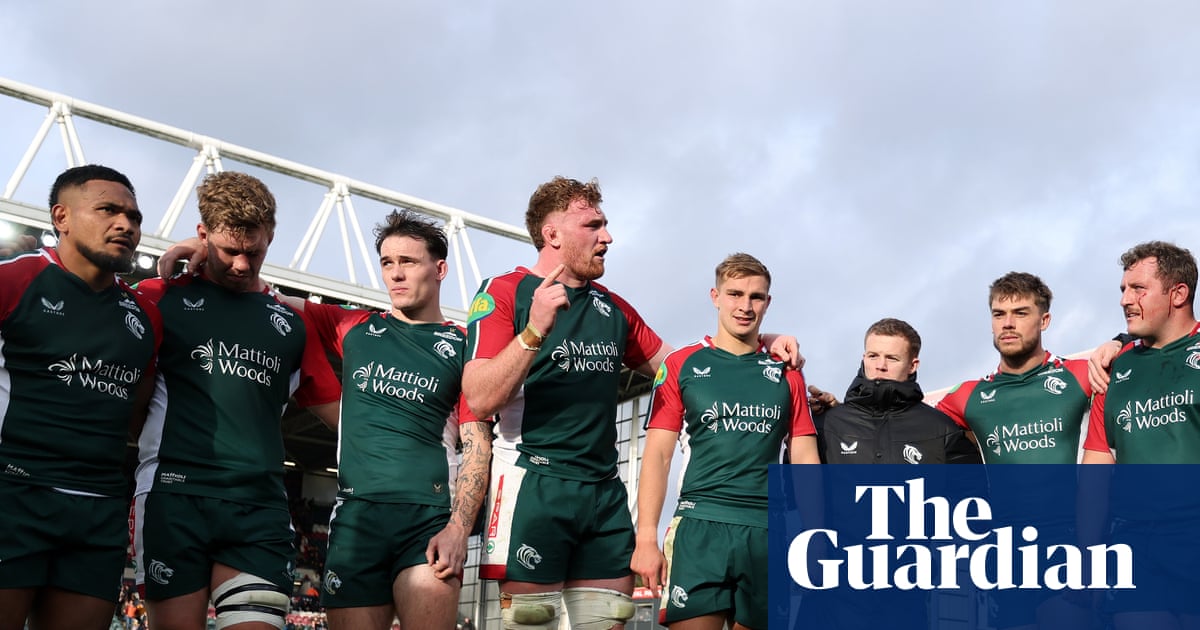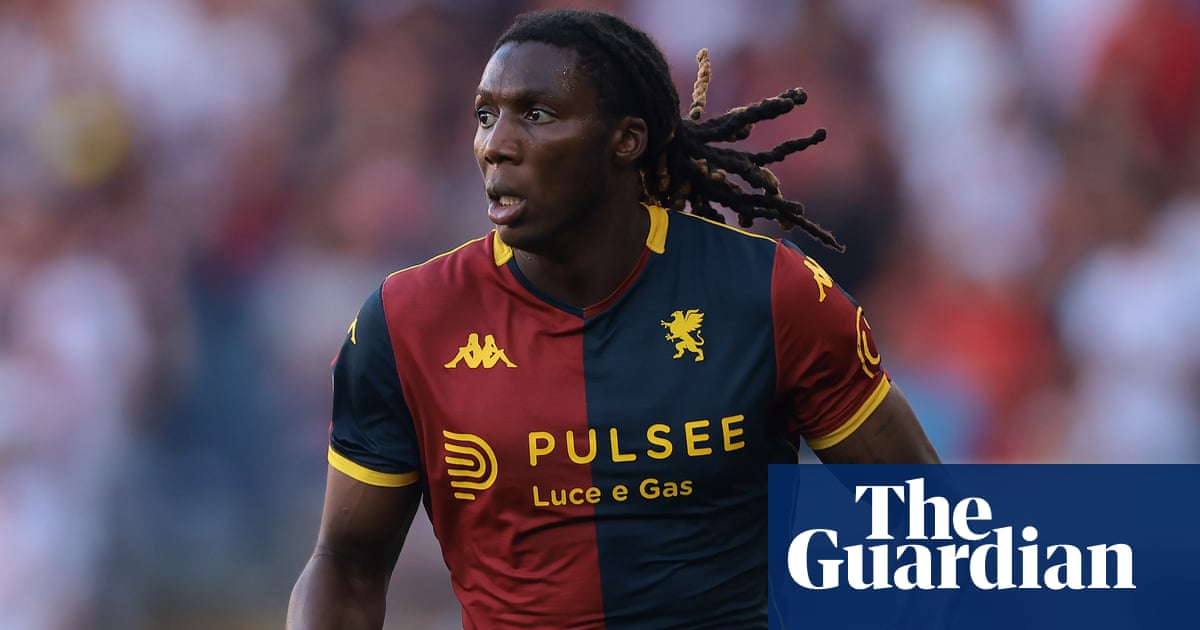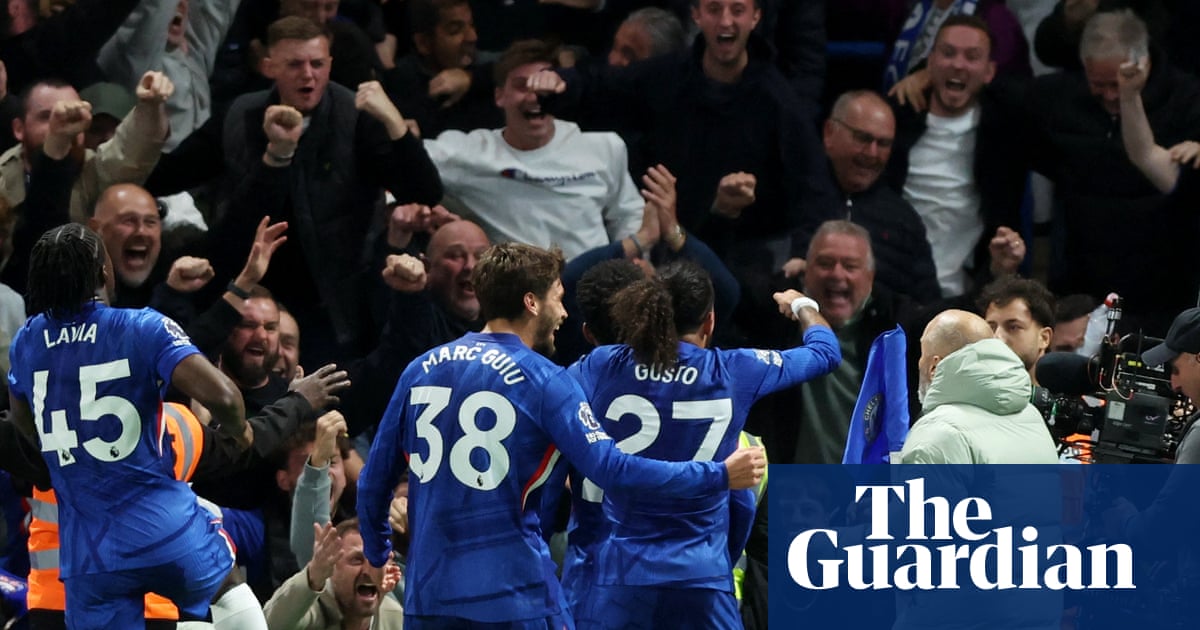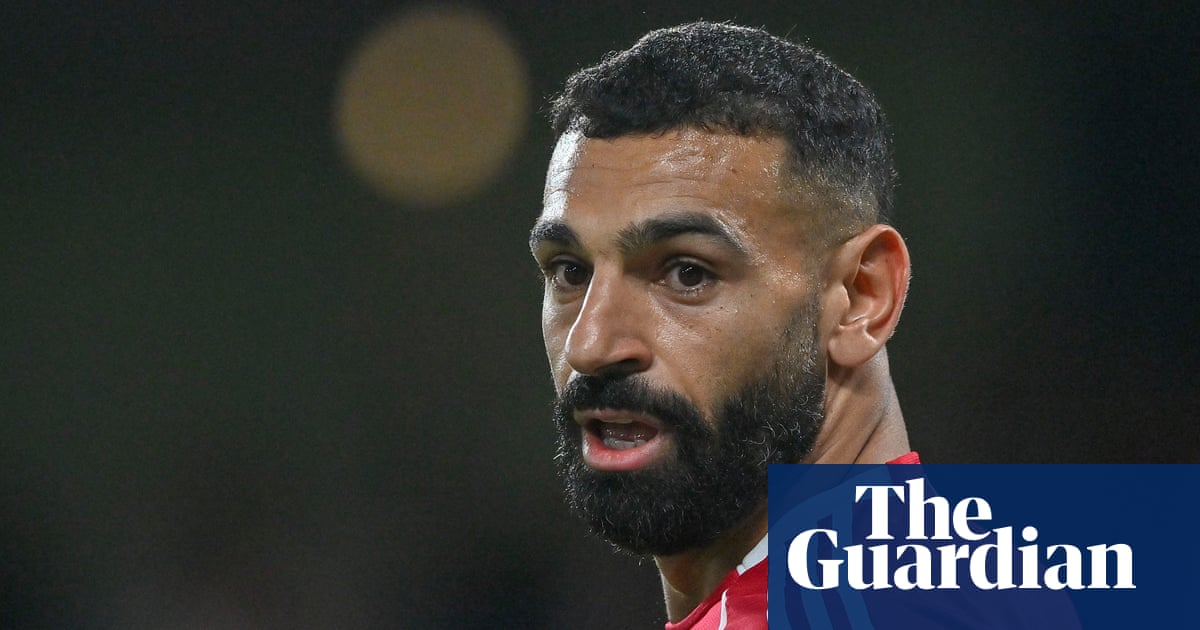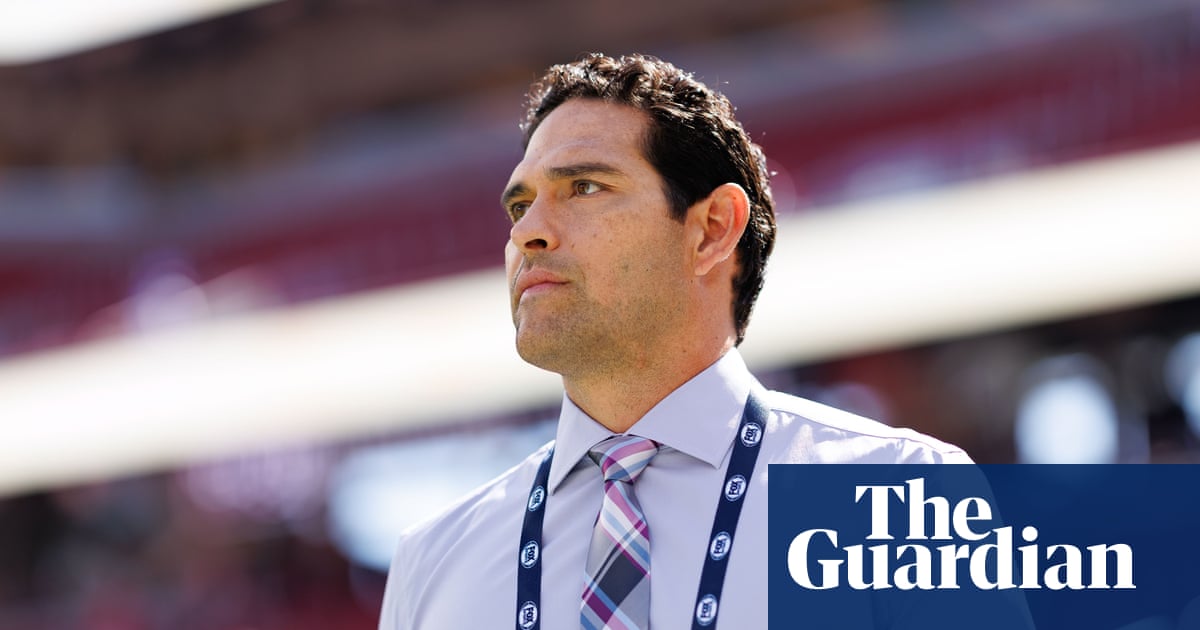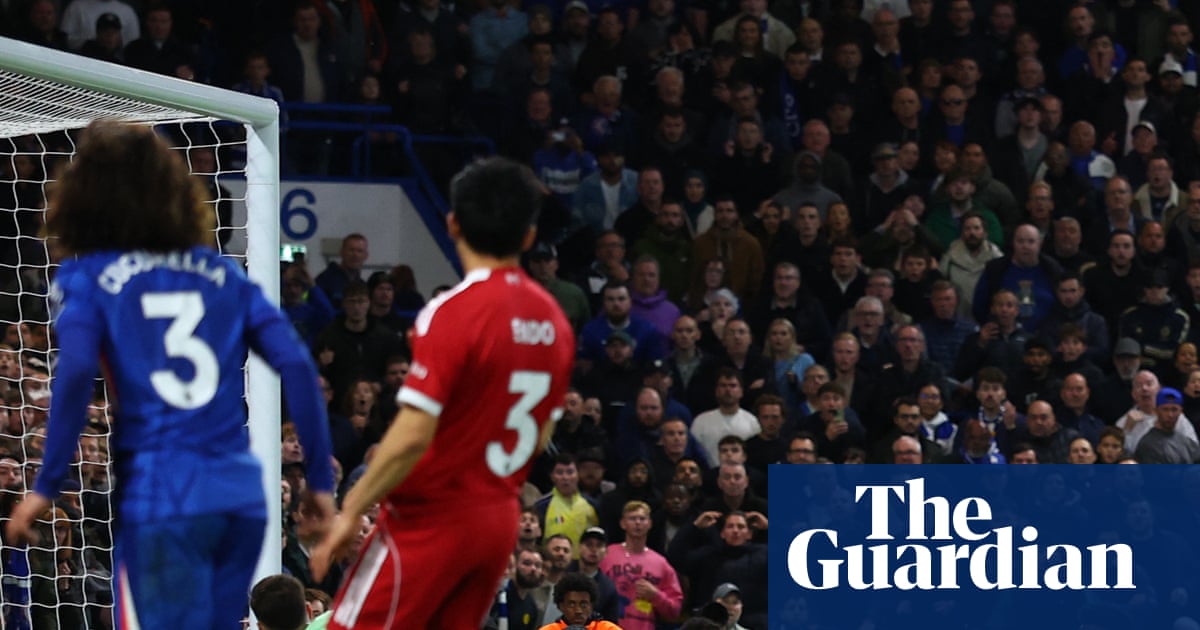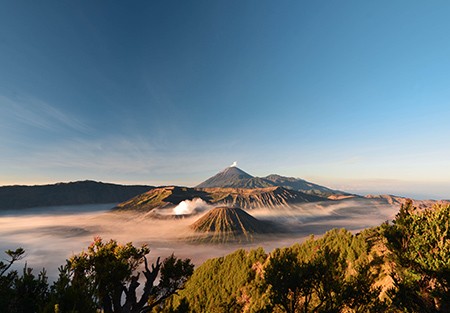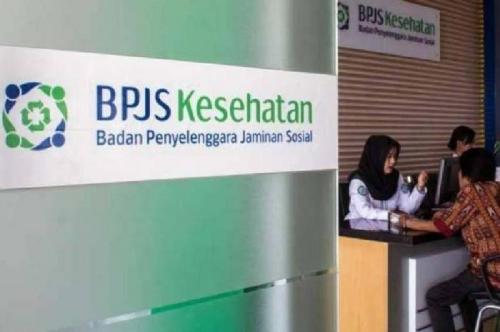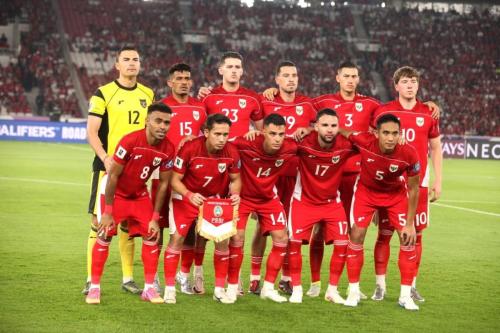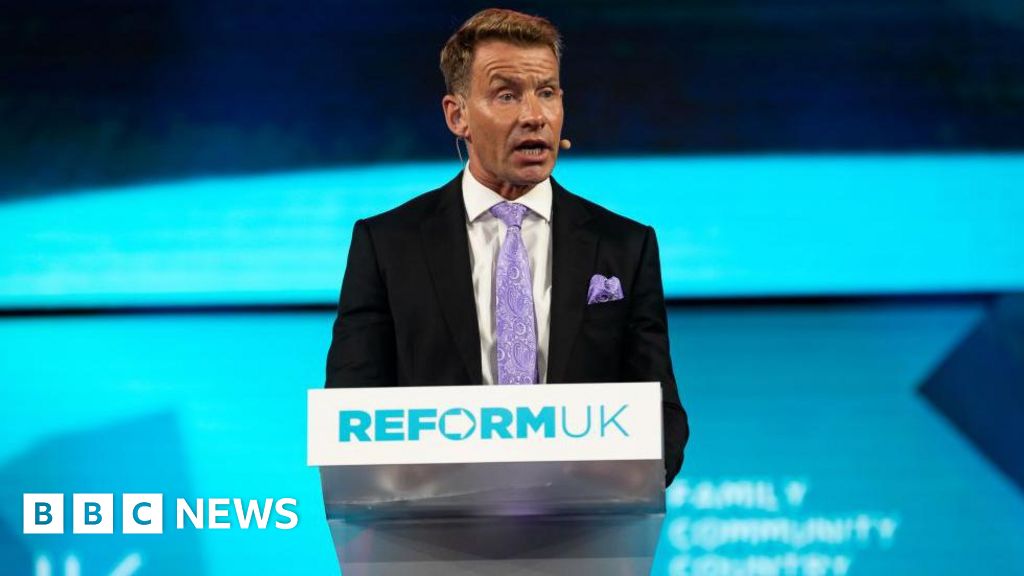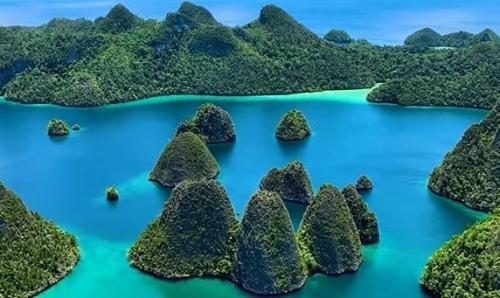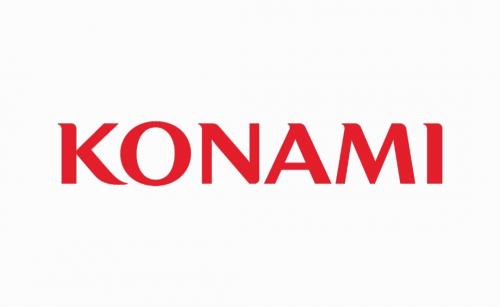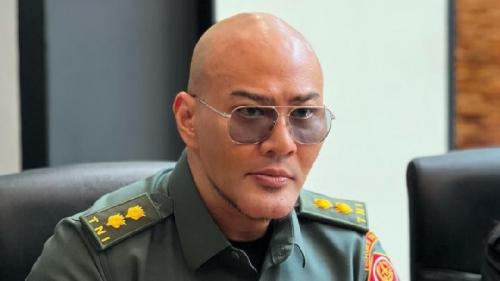Matteo Jorgenson is big. Not in the way Dexter Lawrence or Chet Holmgren are big. Not in the sense that most American athletes are considered big. But in the world of professional cycling, Matteo Jorgenson is big. In fact, cycling might be one of the only sports in which a man who stands 6ft 4in (1.93m) and weighs around 70kg (154lbs) is considered big.
With broad shoulders and a wide chest that can act like a sail in the wind, Jorgenson is the kind of size that usually rules riders out of contention for Grand Tours such as the Tour de France or the Giro d’Italia. Why? Because Grand Tours are won in the mountains, and big riders don’t climb.
But Matteo Jorgenson can climb – because even though he’s tall, he’s still remarkably light for his size. His body is a rare blend of long limbs, powerful legs and low weight. It’s a build that allows him to soar up Alpine and Pyrenean slopes with the speed and elegance of his Visma–Lease a Bike teammate Jonas Vingegaard, the two-time Tour winner, who at 5ft 9in and about 57kg (125lbs) is one of the finest climbers on earth.
And when you can climb, people always seem to ask the same question: when is Matteo Jorgenson going for GC?
That’s cycling shorthand for general classification – in other words, when is Jorgenson going to try to win the Tour de France? It could also mean the Giro or the Vuelta a España, the other two three-week Grand Tours.
GC means targeting the overall standings: the yellow jersey in the Tour, pink in the Giro, red in the Vuelta.
Most riders who stand 6ft 3in and weigh 70kg don’t get asked this question, because most riders that size don’t stand a chance at GC: they can’t climb. Bigger riders tend to aim for sprint stages or specialize in the Classics, one-day races like the Tour of Flanders or Paris-Roubaix, where weight and strength help on the brutal cobbled roads of northern Europe.
But Jorgenson might just have the legs to win a Grand Tour. He proved as much last year, finishing eighth overall in the Tour de France.
For now, riding alongside arguably one of the greatest GC riders of all time in Vingegaard, it’s unlikely Jorgenson will get the chance to lead Visma at the Tour. Instead, he will ride in service of Vingegaard as a domestique – a rider who supports the team leader – while hunting for stage wins where possible.
So why not go for GC at the Giro or the Vuelta, and potentially become just the second American to win the former and the third to win the latter?
Because, according to Jorgenson, it’s not quite time yet.
Matteo Jorgenson may be known for his size. But patience might become his defining trait.
Jorgenson grew up racing bikes in his native Boise, Idaho.
When he was six, his parents enrolled him and his brother in a local cycling club called Byrds: the Boise Young Rider Development Squad. The idea wasn’t to create elite racers, but simply to get the kids outside and active.
But racing stuck. By eight, Jorgenson was competing in mountain bike and cyclocross events – off-road races somewhere between mountain biking and road cycling. By nine, he was travelling as far as Oregon to race in his first cyclocross national championships. Within a year, he was also racing on the road.
By 14, Jorgenson knew that if he was going to become a professional, he’d need to specialize. When an opportunity came to join Hot Tubes, the most successful US junior development team, he committed fully to road racing.
At 16, after domestic success, Jorgenson travelled with the US national team to race in Belgium, the heartland of road cycling.
“I was really dogshit in Europe,” Jorgenson tells me from Sierra Nevada, Spain, where he’s at altitude training camp with Visma, preparing for the Tour de France.
Despite being humbled in Belgium, he wasn’t discouraged. He knew his European peers had been racing tight packs on narrow roads for years, while he was still new to it all.
In hindsight, that trip was pivotal.
“If I’d stayed in the US, I would have thought I was a really good bike racer,” he says. “I could win nationals in the US and then go to Belgium and get dropped in the first 20 minutes.”
Over the next few years, he raced domestically with Hot Tubes and in Europe with the US under-23 team, hoping to sign for a WorldTour team, the top level of global professional cycling.
At 19, Jorgenson joined the development team of Van Rysel–AG2R La Mondiale, relocating to Chambéry in the French Alps. He lived with 12 French riders and enrolled in full-time French language classes.
After placing fourth in a small French stage race, the Ronde de l’Isard, he signed with Spain’s Movistar: the oldest team in the WorldTour. At just 20, he was racing Strade Bianche, Milan–San Remo, Liège–Bastogne–Liège, and the cobbled Kuurne–Brussels–Kuurne and Omloop Het Nieuwsblad – the same roads where, just a few years earlier, he’d been dropped early.
In 2021, he made his Grand Tour debut at the Giro. In 2022, he rode his first Tour de France.
But it was in the 2023 Tour where Jorgenson announced himself to the wider sporting world. On stage nine, he launched a solo breakaway some 40km from the finish. He hit the base of the Puy de Dôme – a mythical mountain climb unseen in the Tour since 1988 – with a near one-minute lead.
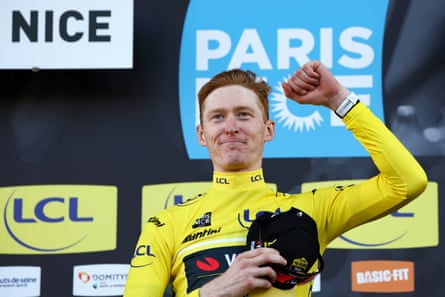
Spectators were banned on the final climb, which lies inside a national park. The silence was eerie. Then his radio cut out. Alone, with no encouragement or strategy coming from the team car, Jorgenson pushed on.
But anyone who knows cycling knew what was coming: he would be caught.
And he was, just 500 meters from the line. Then a second rider passed. Then a third. In the space of a few pedal strokes, Jorgenson went from would-be Tour stage winner to missing the podium entirely.
“I left that stage hugely disappointed and pretty sick of the sport,” he says. “It’s not a happy memory at all for me.”
Still, fans love heroic attacks. Even in defeat, Jorgenson had made his name.
Soon after, he announced a move from Movistar to Dutch powerhouse Visma–Lease a Bike (then Jumbo-Visma), who would go on to win all three Grand Tours that year, a historic clean sweep.
Despite joining a team stacked with stars, Jorgenson was drawn to Visma’s obsession with data, tech and marginal gains.
“I wasn’t looking for the team with the most opportunities,” he says. “I was looking for the team that would give me the best structure to get the most out of myself. The most technological, the most motivated to progress. I’d been searching for what Visma had for years.”
The results came quickly. In 2024, Jorgenson won the eight-stage Paris–Nice, followed by the one-day Dwars door Vlaanderen. He placed second in the Critérium du Dauphiné – often seen as a Tour warm-up – finished eighth in the Tour itself, and ninth in the Olympic road race. This year, he defended his Paris–Nice title and placed in the top 10 at the E3 Saxo Classic.
Which brings us back to that question: will Matteo Jorgenson chase GC?
With Vingegaard still recovering from injury, Visma entered 2024 without a clear leader for the Giro. The team offered Jorgenson the chance to lead. Despite last year’s Tour top 10, he declined.
“I really wanted to do another Tour supporting Jonas first,” he says. The team also encouraged him to hunt stage wins for himself. “But the top 10 in the Tour last year showed me that I am capable of competing for a GC. Trying to win a Grand Tour is one of my ambitions now. But it’s a project that may take me many years to get there.”
.png)
 3 months ago
35
3 months ago
35
